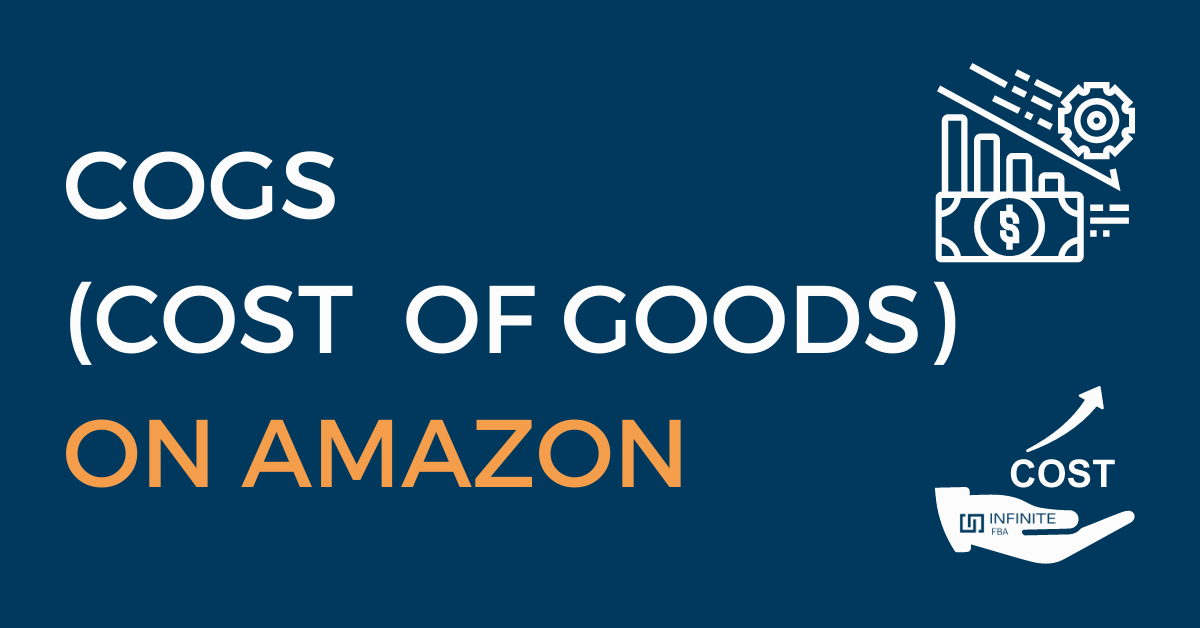Without having the correct data about your business, you may not have accurate information about its state of health.
Measuring the key performance indicators allows you to make informed decisions on how to improve your business, especially if you’re an Amazon seller.
Everyone is in business to make a profit. Every seller on Amazon seeks to make more money.
Knowing how well your business is doing is very important if you want to keep succeeding. One meaningful way this can be known is by calculating the Cost of Goods Sold, or COGS.
For online businesses, this may not be a straightforward process. In this article, we’ll be explaining what the Cost of Goods Sold (COGS) means for Amazon sellers and how it can affect your margins.
It is essential, too, as an online business owner to know how successful you are. If your numbers are poor, then you should change your strategy.
However, you can’t know this without actively monitoring your expenses, margins, and profitability.
Your profit on Amazon is not determined by how much you get from Amazon alone. There are expenses involved that must be factored into the calculation. If you must know your profit margins, it must begin with knowing the Cost of Goods Sold.
So, what is COGS? And how does it affect sellers?
What is COGS?
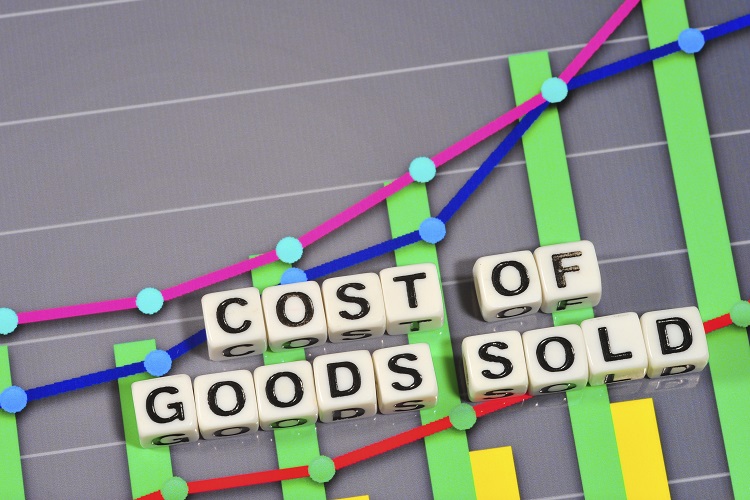
After selling a product, you’re expected to make a profit.
But the margin of profit may be affected by certain factors, including the cost of production, labor, and any other cost associated with getting the product to the consumer.
COGS is an accounting term that can help calculate a business’s profit margin. It is used to match costs associated with the product with the value of its sale to know how profitable it is.
This is also relevant to Amazon sellers who need to know the financial health of their business. For them, this refers to the Cost of Goods Sold. You could also refer to it as Cost of Sales.
That means for every product sold; a cost is involved. When deducted from the sales price, that cost would impact the profit. To put it simply, a higher COGS would equal a lower profit margin.
For Amazon businesses, COGS refers to all the expenses, including all the fees chargeable by the platform, e.g., Amazon Fees, Order Fees, Listing fees, and FBA Fees. To calculate your gross profit each month, you’ll need to deduct the cost of sales from the sales of goods.
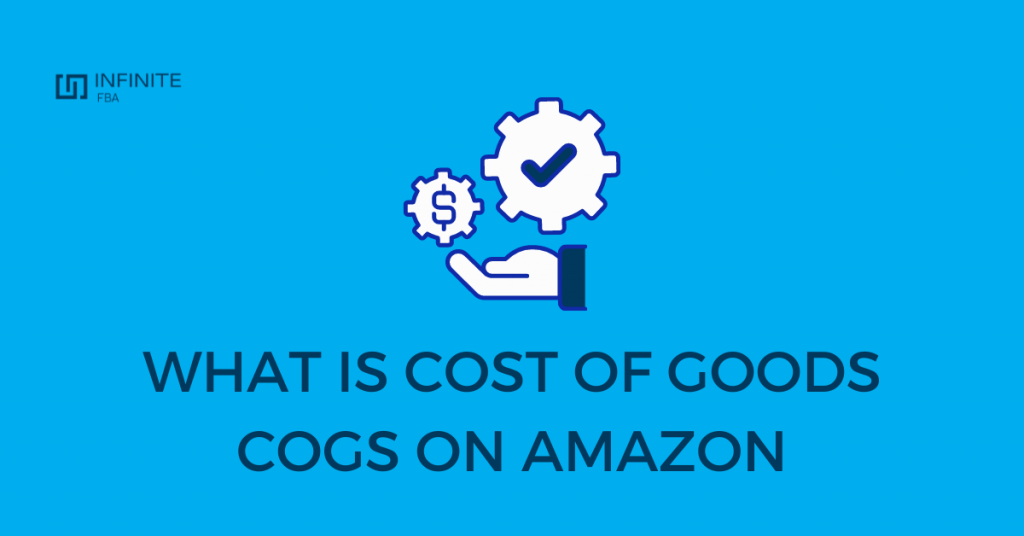
When calculating the COGS, you would find different types of expenses involved in the production of products. They may be broadly divided into direct and indirect costs.
Direct costs are costs involved in the production of the goods; in the case of Amazon, this would primarily be the cost involved in getting the products for (re)sale; and indirect costs involve extra costs involved in getting the product to the customers, and this would refer to storage and shipping costs.
Other expenses associated with COGS may involve tariffs and duties and other miscellaneous fees that may be involved with keeping your products or getting them to the customer.
If your COGS is high, it is not suitable for your business. If it is too high, you are in the wrong line and should seek to change as soon as possible.
It is essential to explain that COGS on Amazon does not involve overhead costs of maintaining an office or staff. It involves ONLY the costs associated with each product’s production, acquisition, storage, or shipping.
Why does it matter?

Calculating COGS is essential for many reasons. For example, you are required to indicate your COGS for tax purposes.
Since COGS is recorded as a business expense, it is known to reduce your income, so it should also reduce your taxes.
Calculating your COGS, therefore, helps in your taxes by helping you determine your expenses for tax reporting since it is regarded as a business expense. Although the COGS can lead to lower taxes, you certainly prefer higher profits, also known as low COGS.
But more importantly, COGS allows you to assess your business’s health on Amazon accurately. A high COGS means lower net profit and lower income.
This data helps know the actual state of a business. If you’re able to account for your COGS month on month, you will be able to come to an informed decision about the health of your business. Products with higher COGS are less profitable.
Also, COGS helps build a solid pricing strategy as it gives an accurate figure of the sales price. You will be able to assign a more reasonable price when the total cost of producing (or procuring) the product is known.
Of course, your pricing would then guarantee profit and prevent running at a loss, regardless of the turnover.
How to calculate COGS
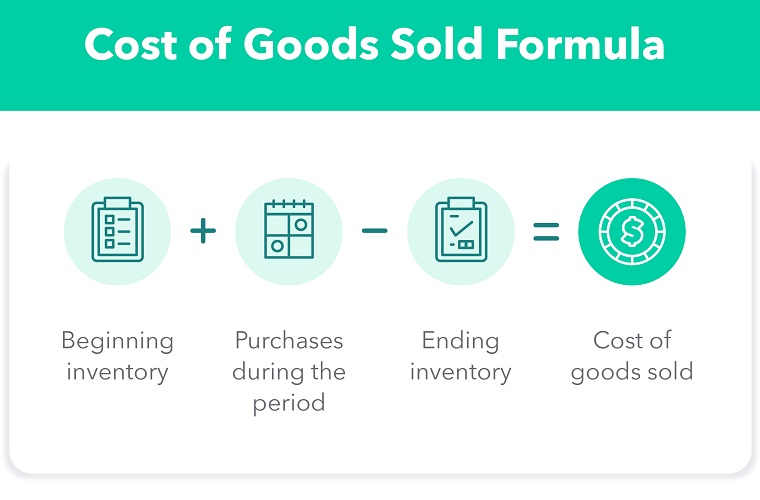
Now that you know the importance of COGS let’s look at how to calculate it.
We begin by defining what goes into the COGS data. Generally, three variables can make up the COGS data as an Amazon seller, which are:
- Beginning inventory
- Ending inventory
- Additional purchases
Beginning inventory refers to the value in monetary terms of your product’s stock at the start of the period in review; additional purchases refer to any other procurement between the beginning and the end.
The calculation of the ending inventory, meanwhile, involves the COGS. When you add purchases to the beginning inventory, you’ll have to deduct the COGS before arriving at the ending inventory.
That is:
“Beginning inventory + Additional purchases – COGS = Ending inventory”
So, how did you calculate COGS?
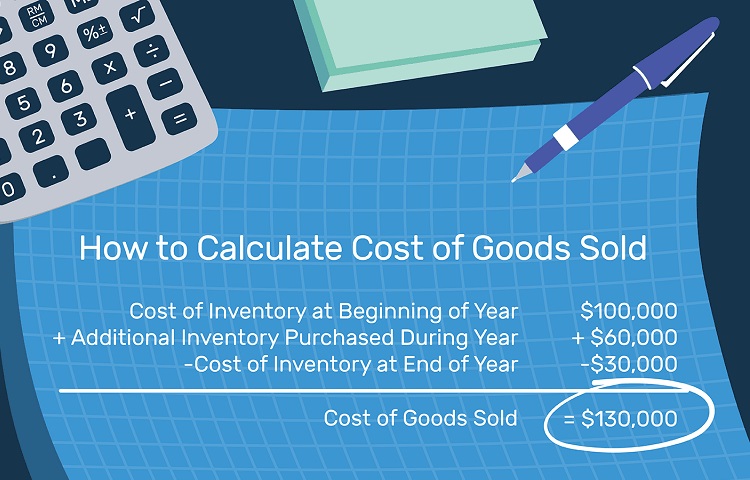
There are two methods. They are the cash basis accounting method and the accrual accounting method. While both can give the value of COGS, the accrual accounting method is known to paint a clearer picture of the actual financial state of the business.
Cash basis accounting doesn’t give an accurate picture of the business’s financial state because the value of COGS is determined immediately after the products are received from the supplier or manufacturer. In this case, once you make a purchase, it is seen as a COGS.
This paints a picture of a huge loss, even though you will make a profit from it. If you make no purchases in another month, the COGS is negligible, painting a false picture of sound business health.
Cash basis, therefore, doesn’t allow the seller to know the actual state of the business but is a simplified way of knowing your COGS.
A more detailed way is the accrual accounting method which instead tracks purchases (beginning inventory) as assets and records them as such. It is only as they are sold that they are expended. So it is not a cost of goods sold until it is sold! This lets you know your actual profit when the COGS is deducted from revenue.
For example, if 100 pairs of shoes cost you $2000, your asset is immediate $2,000. We assume this value includes all additional costs chargeable on Amazon. That means each shoe’s COGS is expected to be $20.
If you sell 12 pairs of shoes for $35 each in the month under review, your COGS for the month is $20×12, which is $240. Your revenue that month would be $12×35, which is $420. So, your profit that month is $420-$240, which is $180.
So, you can know how much you’re making per time.
Don’t fret if you’re already scared of keeping up with daily calculations, as several tools can help you keep your accounting up to date.
The higher the COGS, the lower your profit margin. If the COGS keeps increasing, it may be bad for your business on Amazon. You can find cheaper alternatives or move to another line entirely.
What does it mean for bookkeeping?
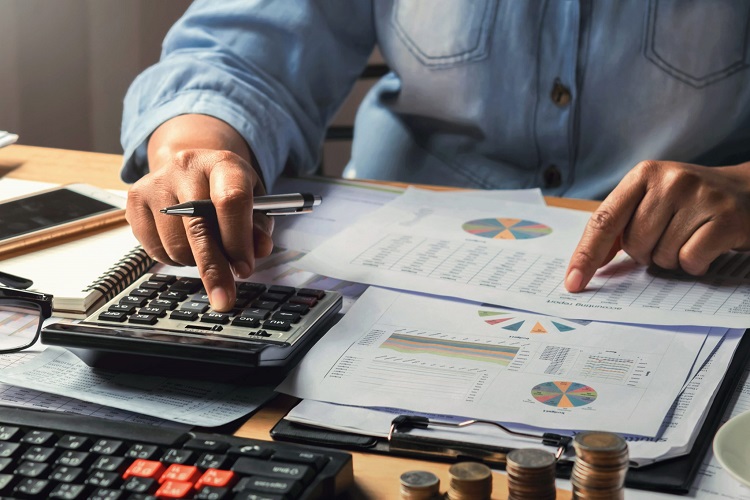
If you want to get this done efficiently, your books must be updated.
Ensure that you have separate entries for each product unit when they are purchased, and you calculate the COGS for each product before it is sold.
Remember to include all the costs associated with the product, including listing fees. You should arrive at a unit COGS for each product. This makes it easier to calculate your profit when units are sold per month.
You only need to make your calculations monthly. If you find this method too difficult, you may use tools that can help you do it more conveniently.
Conclusion
COGS can paint a very accurate picture of your business health.
Once you can calculate your COGS, you should use the data to know your profit margin. If the COGS is too high, it will eat into your profit.
It is easy to calculate the COGS all by yourself using the accrual accounting method. As an Amazon seller, you should look for goods with lower costs of goods sold to improve your chances of making more money.
Reference articles

